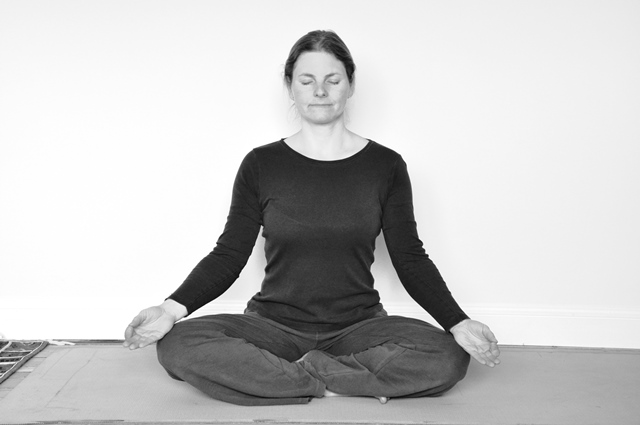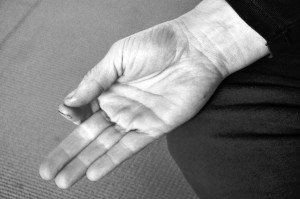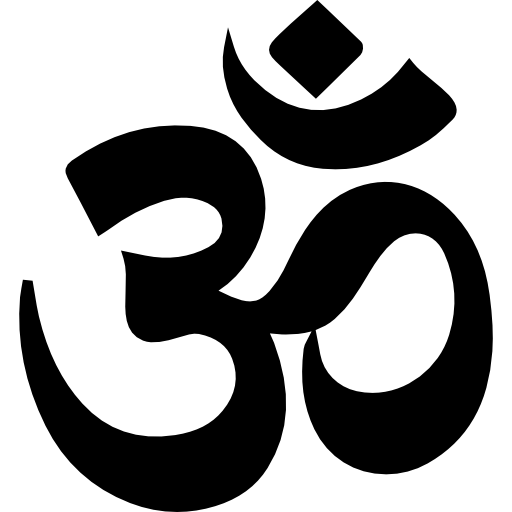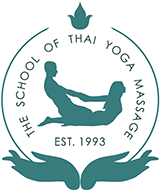Hmmm…. I believe that most of us have had this question in our mind: ‘What exactly is that mantra Om and why do we chant it during the yoga sessions?’ Is that some kind of a ritual or just a funny part in the beginning and sometimes at the end of yoga sessions?’ Well, here is a bit of my understanding and belief.

A word ‘Mantra‘ is a Sanskrit invocation of the Supreme Being. There are thousands of mantras but the mantra ‘Om‘ is believed to be the original one – the first vibration and the sound from which all others emerge.
Sound, made up of vibrations, is energy. A Sanskrit mantra is believed to be mystical energy encased in a sound structure. To release the energy from the sound, we learn to repeat it with a specific rhythm. When one starts repeating a mantra, it creates a specific thought pattern. The energy literally manifests itself.
Mantras are energies, which always existed in the universe, and can neither be created nor destroyed.
The meaning of mantra Om
The correct spelling of mantra Om is actually AUM. There is no literal translation of Om. The three letters – A, U and M, signify the three periods of time, the three states of consciousness and all of existence.
A – waking state / physical plane
U – dream state / mental and astral plane
M – deep sleep state / everything beyond the reach of the intellect
Pronunciation
The sound starts from the navel, with a deep, harmonious vibration, and gradually manifests itself at the upper part of the nostrils.
‘A’ is the first sound the vocal apparatus can utter.
As ‘U’ is pronounced, the sound rolls from the root of the tongue to the end of the sounding board of the mouth.
‘M’, the last sound is produced by closing the lips.
The sound is created by allowing the air naturally flow from your abdomen through your mouth by just simply creating the shape of a particular letter with you lips. There is no need to push the air through or create any particular flow.
 Practice
Practice
Sit in a comfortable crossed legged position (use a cushion if needed). Keep your back straight but relaxed. Roll your shoulders up, back and down
to release any tension and to open your chest. Place your hands on your knees in a chin mudra or any other comfortable position. Take a deep inhalation and exhalation to adjust and relax in the position. Once you feel comfortable and relaxed, start chanting.
Just relax and let the air flow through your mouth.
The benefits
All cells and organs receive deep rest and relaxation, toxins are removed from the body, the nervous system is completely relaxed and dormant physical and mental powers are awakened. One may also experience changes in emotions as the body and mind relax and peace develops within.

So why do we chant? Well, you may need to find the answer for yourself.
Chanting has naturally become part of my practice as a connection to nature, the universe, the mother earth, the true self within… It is a way to pay respect to the ancient technique and tradition and to connect with the practice on a spiritual level and I always feel the sense of presence and peace within.
So next time you chant, forget about how you sound, about if you can or cannot chant, just relax in the posture and allow the air to flow through your body and if you find it hard or not interesting, just sit quietly, allow the peace to develop within you with or without the sound!
Enjoy! Yoga is joy
Source: Sivananda Yoga Teachers’ Training Manual, Personal Experience






Recent Comments